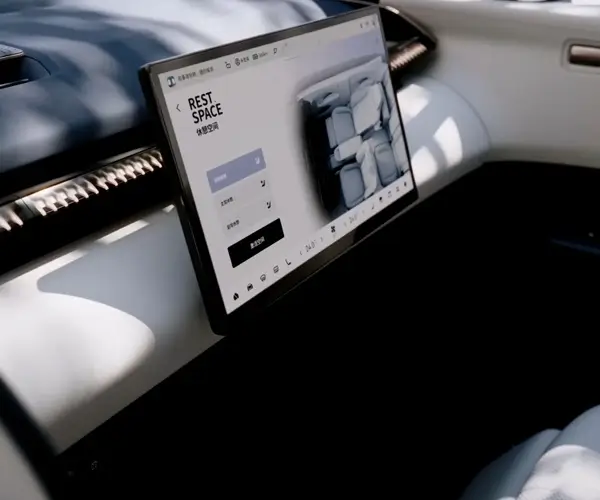part 1:
Unlocking Robotics Potential: How Servo Motors and Ultrasonic Sensors Work Together
Imagine a tiny robot navigating a bustling room, effortlessly avoiding obstacles and reaching its destination with precision. It might seem like magic—yet it’s firmly rooted in technology that combines simple components like servo motors and ultrasonic sensors. These two building blocks serve as the backbone of many modern robotic systems, from hobbyist projects to sophisticated industrial automation. But what makes their combination so powerful, and how can you harness this synergy to create smarter, more responsive machines?

The Magic Behind Servo Motors
Servo motors are miniature marvels—compact, precise, and adaptable. Unlike regular motors that spin freely, servo motors come with a built-in feedback loop. This feedback allows for accurate control of the motor’s position, speed, and torque. That means a servo can rotate its shaft to a specific angle, hold position under load, or even accelerate smoothly. This precision is achieved through pulse-width modulation (PWM), which sends signals to the servo driver controlling the motor's position.
In the context of robotics, servo motors are the muscles—the parts responsible for movement. Whether it's turning wheels, tilting sensors, or opening grippers, servos provide the accurate, controllable motion that makes robots capable of complex tasks. Their ease of control, affordability, and wide availability make them ideal for a variety of DIY and professional projects alike.
Understanding Ultrasonic Sensors
Ultrasonic sensors operate by emitting high-frequency sound waves—far beyond the range of human hearing—and measuring how long it takes for the echo to bounce back from an object. Think of them like echolocation used by bats: send out a ping, listen for the return, and calculate distance based on the time elapsed.
This method makes ultrasonic sensors incredibly useful for obstacle detection and distance measurement in robotics. They work well in various environments, are unaffected by the color or transparency of objects, and are relatively inexpensive. Ultrasonic sensors typically come with a transmitter, a receiver, and a control circuit. The core principle involves sending a sound pulse, then receiving the reflected wave, and computing the distance based on sound velocity and travel time.
Why Combine Servo Motors and Ultrasonic Sensors?
While each component has individual strengths, their true potential emerges when combined. In many robotic applications, ultrasonic sensors serve as the robot’s eyes, providing real-time spatial awareness. Servo motors act as the limbs, executing movements based on sensor input.
For example, a robot equipped with an ultrasonic sensor mounted on a servo arm could scan its environment by sweeping the sensor across different angles. This generates a 2D map of obstacles, which the robot can then navigate around by controlling its servo-activated wheels or arms. These functionalities enable autonomous behavior—robots that can “see” their surroundings and respond appropriately.
Practical Applications of Servo Motor and Ultrasonic Sensor Integration
Obstacle Avoidance Robots: By continuously scanning with ultrasonic sensors and adjusting servo positions accordingly, robots can detect and avoid objects—all controlled by a simple microcontroller like Arduino. Line Following with Twist: Ultrasonic sensors help detect proximity to objects or walls, assisting robots in maintaining safe distances while navigating complex paths. Automated Doors and Gates: Servo motors can open or close doors based on obstacle detection or user commands, making environments more accessible and intelligent. Robotic Arms and Grippers: Ultrasonic sensors can inform the positioning of robotic limbs, enhancing precision during object manipulation. Surveillance and Security Robots: Combining sensors and servos allows for adjustable camera angles and real-time obstacle detection, enhancing security coverage.
Getting Started: Basic Hardware Needed
To begin experimenting, you’ll need a few fundamental components:
Microcontroller: Arduino Uno is a popular, beginner-friendly choice. Servo Motor: Standard 9g or 20g servos are excellent for small to medium tasks. Ultrasonic Sensor: HC-SR04 model is widely used for its affordability and simplicity. Power Supplies: Batteries or regulated power sources to supply your components. Connecting Wires and Breadboard: For prototyping circuits easily.
Once your hardware is gathered, the next step is writing the code—combining control commands for the servo with distance measurements from the ultrasonic sensor. Proper coding enables your robot to respond in real time, creating interactive and autonomous capabilities.
Understanding the Coding Basics
The core of integration involves:
Initializing the Ultrasonic Sensor: Setting trigger and echo pins, measuring pulse duration, and calculating the distance. Controlling the Servo: Sending PWM signals to adjust its angle based on sensor data. Creating a Feedback Loop: Continuously reading sensor data, analyzing it, and adjusting servo positions accordingly.
Exercises often start with basic distance measurement, then progress to simple obstacle detection, and finally to complex scanning patterns involving sweeping back and forth with the servo to create environmental maps.
This foundation sets the stage for deeper exploration into advanced coding techniques, calibration methods, and real-world project examples in the next part of this article. Stay tuned for detailed code snippets, design tips, and creative ideas to fully leverage servo motors with ultrasonic sensors—unlocking new dimensions in robotics innovation.
Kpower has delivered professional drive system solutions to over 500 enterprise clients globally with products covering various fields such as Smart Home Systems, Automatic Electronics, Robotics, Precision Agriculture, Drones, and Industrial Automation.




































